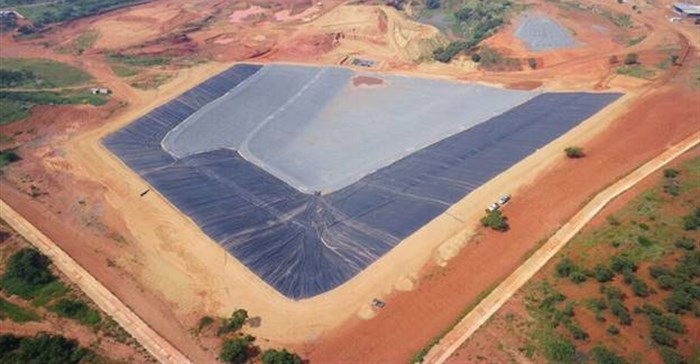Johan van den Berg, MD of Averda South africa, shares seven tips to help operators of landfills run compliant facilities that minimise environmental harm and manage waste efficiently.

Averda recently opened its new Vlakfontein landfill site which aims to make a significant contribution to the management of hazardous waste emanating from mining and industrial activity in the greater Gauteng region.
1. The purpose needs to be established from the onset
Firstly, the landfill must be cleared with the National Departments of Water & Sanitation (DWS) and Environmental Affairs (DEA). The purpose needs to be focused and determines the type of waste to be processed as well as estimated volumes and expected lifecycle.
2. Site selection must balance environmental and social impact against suitability of location
Selecting a site is one of the most important routes to establishing a landfill facility. It is obvious that both social and environmental impact assessments need to be completed – and the surrounding environment and population needs must be carefully considered. Working with the local municipality – and all stakeholders that will be affected by the site – allows for a better understanding of future development plans for the city, what communities need, how businesses will benefit – which in turn guides the possibilities for expansion or winding down of the facility, if needed. Transport routes and logistics also need to be considered alongside, environmental aspects.
3. Development, building and maintenance costs need to be clearly mapped out
The operator needs to consider the building, management and rehabilitation costs of the project – with a long-term view – along with the revenue projection. It is vital that contingency costs are also factored in to anticipate changes in the regulatory, economic and social environment.
4. The containment barrier or ground-covering must adhere to safety regulations
The operator must ensure the facility is adequately equipped with the correct containment barriers in line with DEA specifications for each class of landfill. These specifications can be found in Chapter two of the National Norms and Standards for Disposal of Waste to Landfill regulations in the Government Gazette, 23 August 2013.
5. Waste needs to be thoroughly assessed before entering the facility
The operator needs to strictly ensure that the correct waste enters the landfill. Assessment should include the identification of chemical substances present in the waste material.
6. Some forms of waste are restricted and may not enter the facility
Certain types of waste such as explosive, flammable and corrosive materials are prohibited from being disposed of in South African landfills. These materials must be disposed of in line with manufacturer instructions. Alternative processes are governed by DEA regulations.
7. Waste must be treated using the latest and best technology and processes
Waste treatment facilities need to be equipped with the best available technology to reduce toxicity levels in waste deposits.
Ticking these important compliance boxes will mean a successful landfill site that both serves and protects society and manages waste efficiently.




























